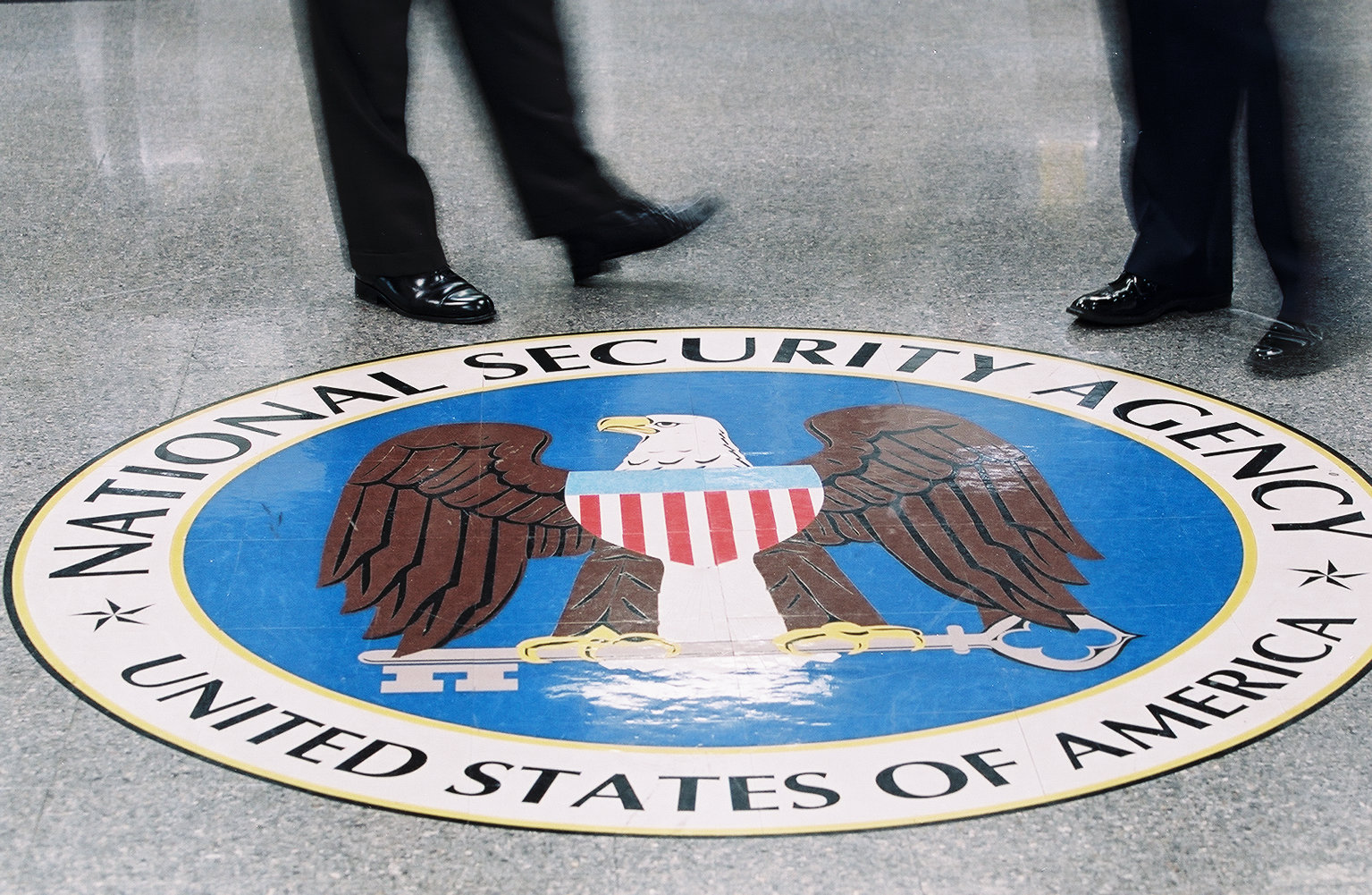A fascinating 18-year-old report from the US government shows that cryptocurrencies have been making officials nervous for quite some time.
The report, called “How to Make a Mint: The Cryptography of Electronic Cash,” was published by the National Security Agency back in 1996. That’s the same agency recording your phone calls today.
Of particular note are the fact that the NSA’s cryptographers were describing digital currencies that would be recognizable by many readers today, and that questions of money laundering and tax evasion had them wringing their hands incessantly then, too.
The document’s first section describes what it calls “electronic cash” (still a more accurate term than the “virtual currency” label mainstream media often trot out):
“In general, electronic cash schemes achieve these security goals via digital signatures. They can be considered the digital analog to a handwritten signature. Digital signatures are based on public key cryptography. In such a cryptosystem, each user has a secret key and a public key. The secret key is used to create a digital signature and the public key is needed to verify the digital signature. To tell who has signed the information (also called the message), one must be certain one knows who owns a given public key. This is the problem of key management, and its solution requires some kind of authentication infrastructure.”
Of course, it took Satoshi Nakamoto another 12 years to solve that management problem, with the blockchain serving as that “authentication infrastructure,” allowing a distributed network of computers to agree on public transactions.
Contrast that with what the NSA’s researchers describe:
“The last three properties [of security — user identification, message integrity and nonrepudiation] are collectively referred to as authenticity.These security features can be achieved in several ways. The technique that is gaining widespread use is to employ an authentication infrastructure. In such a setup, privacy is attained by enciphering each message, using a private key known only to the sender and recipient. The authenticity features are attained via key management, e.g., the system of generating, distributing and storing the users' keys.
Key management is carried out using a certification authority, or a trusted agent who is responsible for confirming a user's identity. This is done for each user (including banks) who is issued a digital identity certificate. The certificate can be used whenever the user wishes to identify herself to another user. In addition, the certificates make it possible to set up a private key between users in a secure and authenticated way. This private key is then used to encrypt subsequent messages. This technique can be implemented to provide any or all of the above security features.
Although the authentication infrastructure may be separate from the electronic-commerce setup, its security is an essential component of the security of the electronic-commerce system. Without a trusted certification authority and a secure infrastructure, the above four security features cannot be achieved, and electronic commerce becomes impossible over an untrusted transmission medium.”
Almost there, NSA. Your crew just had to get out of that paradigm of third-party trust, and you could have invented Bitcoin 12 earlier.
But that, as we know, is not how the NSA functions. Which brings up the second interesting part of the document: Section 5, Security Issues.
All that stuff lawmakers worry about today — anonymous transfers, money laundering, tax evasion — are covered in the report. The report suggests enforcing a mandatory number of “traceable” transactions, like bread crumbs on a forest path. Some other traceability schemes are outlined, each of which sounds cumbersome and inefficient.
But the best part is the very last paragraph. It’s like discovering the NSA’s DNA in a mosquito preserved in amber (emphasis my own):
“In conclusion, the potential risks in electronic commerce are magnified when anonymity is present. Anonymity creates the potential for large sums of counterfeit money to go undetected by preventing identification of forged coins. Anonymity also provides an avenue for laundering money and evading taxes that is difficult to combat without resorting to escrow mechanisms. Anonymity can be provided at varying levels, but increasing the level of anonymity also increases the potential damages. It is necessary to weigh the need for anonymity with these concerns. It may well be concluded that these problems are best avoided by using a secure electronic payment system that provides privacy, but not anonymity.”


